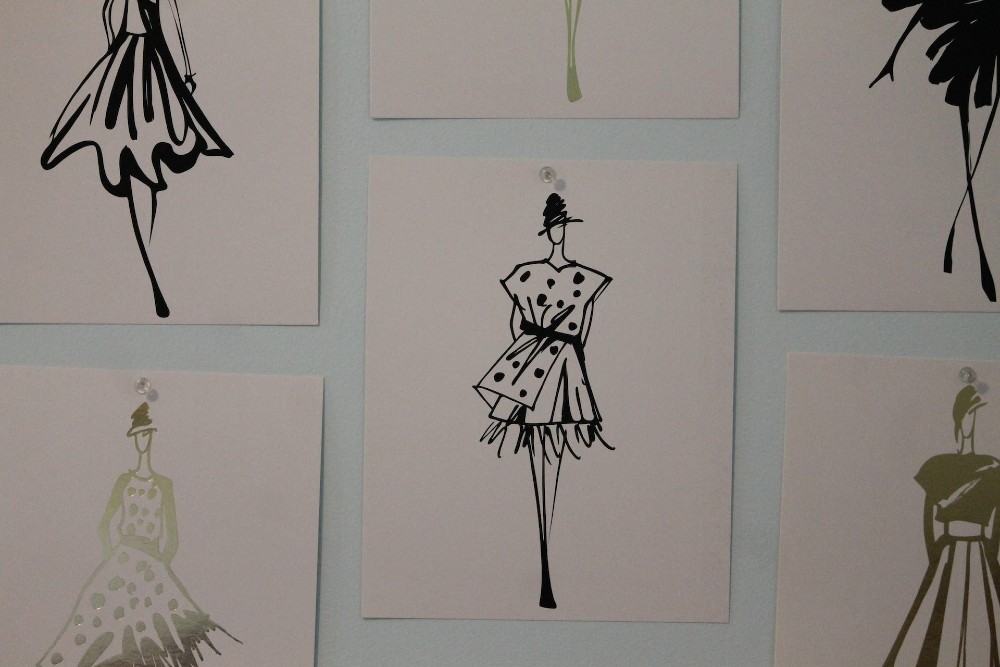
We are a reader-supported education publication. When you buy through links on our site, we may earn an affiliate commission to help us keep providing content.
It’s not unusual for students to reconsider majoring in art— the job market for college graduates with art degrees is highly competitive. However, creative individuals are in high demand despite pressures to pursue science, technology, engineering, and math (STEM) degrees instead.
Art degrees accounted for 5% or 92,300 degrees of the 2 million conferrals during the 2019 – 2020 academic year. In a field with far fewer prospects than other industries, an art degree is essential to strengthen your skills and stand out amongst the crowd.
Creative students have options when selecting an art program. Naturally, they’ll want to obtain a degree that paves the way toward a lucrative career. Here are six art degrees that pay well.

1. Fine Arts
Fine arts degrees are ideal for crafty students interested in painting, drawing, sculpture and printmaking. Students can expect an introduction to various mediums and techniques, art history, and famous works.
Many fine arts majors have the opportunity to concentrate on photography, ceramics, or other artistic practices, while some students might choose to double major or minor in business or psychology.
By the end of the program, students will have a portfolio of work demonstrating their talents and expertise to potential employers and clients.
Working up the career ladder to become an art director could come with a six-figure salary. Art directors are responsible for the images found in magazines, newspapers, posters, and product packaging. According to the U.S. Bureau of Labor Statistics (BLS), art directors could earn an average of $100,890 annually.
Fine arts majors could also gain hands-on architectural experience before seeking licensure in the field. Architects made an average salary of $82,320 in 2020.
Additional career options for fine arts degrees might include becoming a photographer, art teacher, museum curator, or art therapist.
2. Digital Arts
Digital art integrates elements of traditional art forms and new technologies. Students who pursue digital art create most of their work on computers.
However, there’s still room for those who love drawing. Digital arts entails scanning hand-drawn pictures and finishing them using art software.
Students in digital arts programs usually take a well-rounded art and computer science-focused curriculum, leading to careers in animation, 3D art, motion graphics, video production, and user experience (UX) web design.
UX designers focus on improving the online customer experience by optimizing websites for easier usability, accessibility, and aesthetics. According to Glassdoor, UX designers earn a median salary of $98,483 per year, depending on their education and skills.

3. Graphic Design
Students interested in becoming graphic designers can major in digital arts or pursue a degree constructed entirely for graphic design — foundational education and skills using drawings, paintings, and photography for various online and print mediums.
Graphic designers are responsible for capturing an audience’s attention, stimulating buyer desires, and persuading consumers to take action, such as purchasing products.
Students majoring in graphic design often work for marketing companies or opt to freelance. Graphic designers typically earn an average of $50,710 annually — however, that could be higher or lower depending on location, experience, and degree level.
4. Interior Design
Those with an eye for design and eagerness for job satisfaction might consider an interior design art degree. According to CareerExplorer, interior designers gave their career happiness 3.5 out of 5 stars, placing them in the top 30% amongst all other careers.
Interior design curriculums focus on residential and commercial design theory, construction principles, and various software programs, such as computer-aided design (CAD). Many interior design programs also integrate business topics like project management and budgeting and prepare students to pursue certifications to work in the field.
The base salary for interior designers is $62,025, but highly skilled professionals could potentially earn six figures.

5. Fashion Design
Art degrees in fashion are similar to interior design but focus on clothing and accessories instead. Students pursuing fashion design in college can expect to take courses covering textiles, fabrics, and CAD software.
By the end of their programs, students will have a portfolio that showcases their unique styles and creative collections, preparing them to pursue field certification and employment.
Fortunately for graduates, fashion design programs are art degrees that pay well. The BLS indicates that fashion designers earn a median wage of $77,450 annually. The highest 10% of fashion designers earn over $130,000.
To set themselves apart from other designers, students might consider interning with major brands and fashion publications to build their portfolios.
6. Game and Interactive Media Design
Artists who love video games might consider combining their interests with a game and interactive media design degree.
Curriculums concentrate on designing, developing, and programming interactive media, such as virtual reality environments, video games, and internet and phone apps. Students also learn story development, game theory, animation, and simulation.
Game and interactive media design careers are highly lucrative, with professionals earning between $67,054 and $80,777 per year.
Make a Decent Living With Art Degrees That Pay Well
Art education is only practical if you put in the effort to make your career successful. However, seeking art degrees that pay will provide a foundation to launch a career with high earning potential.
latest in learning!
Get the latest updates in learning, teaching and everything in between! Whether you're a student or an educator, we offer the inspiration you need to fuel your classroom experience.









